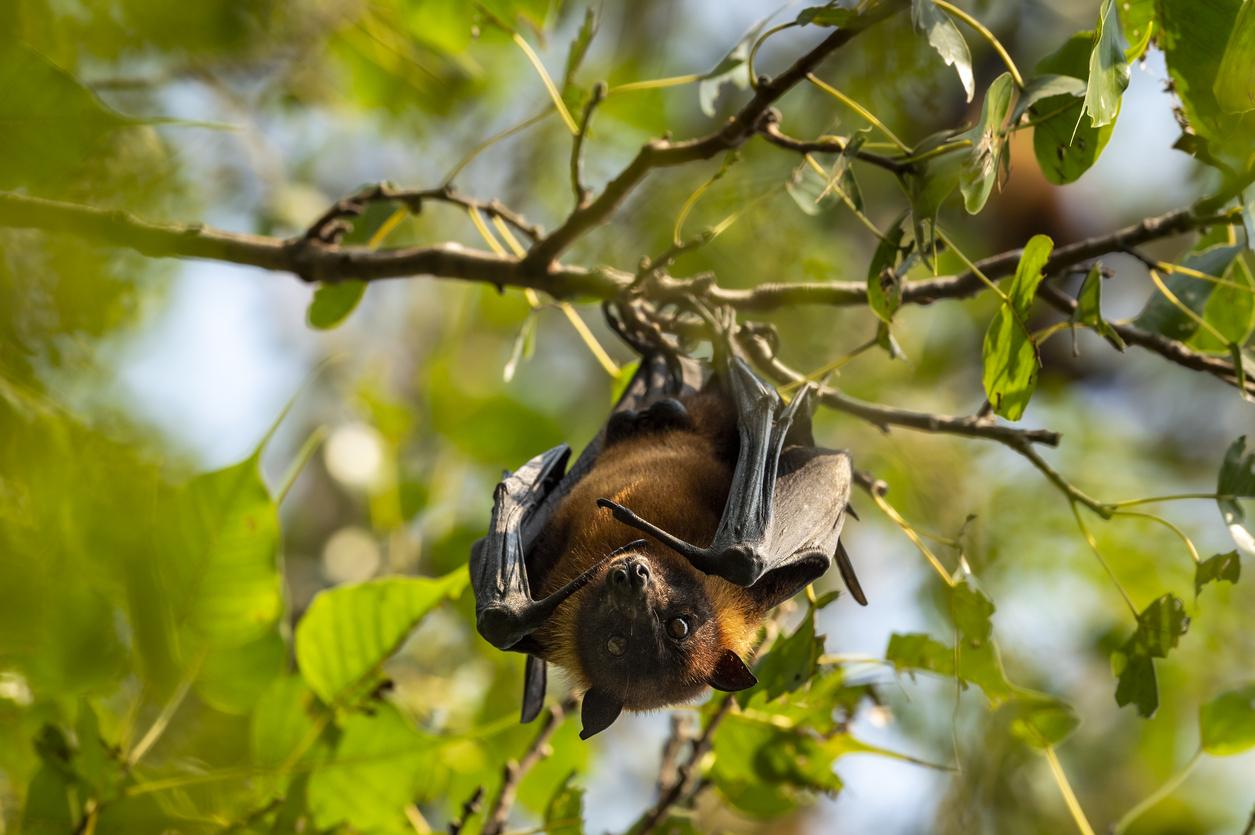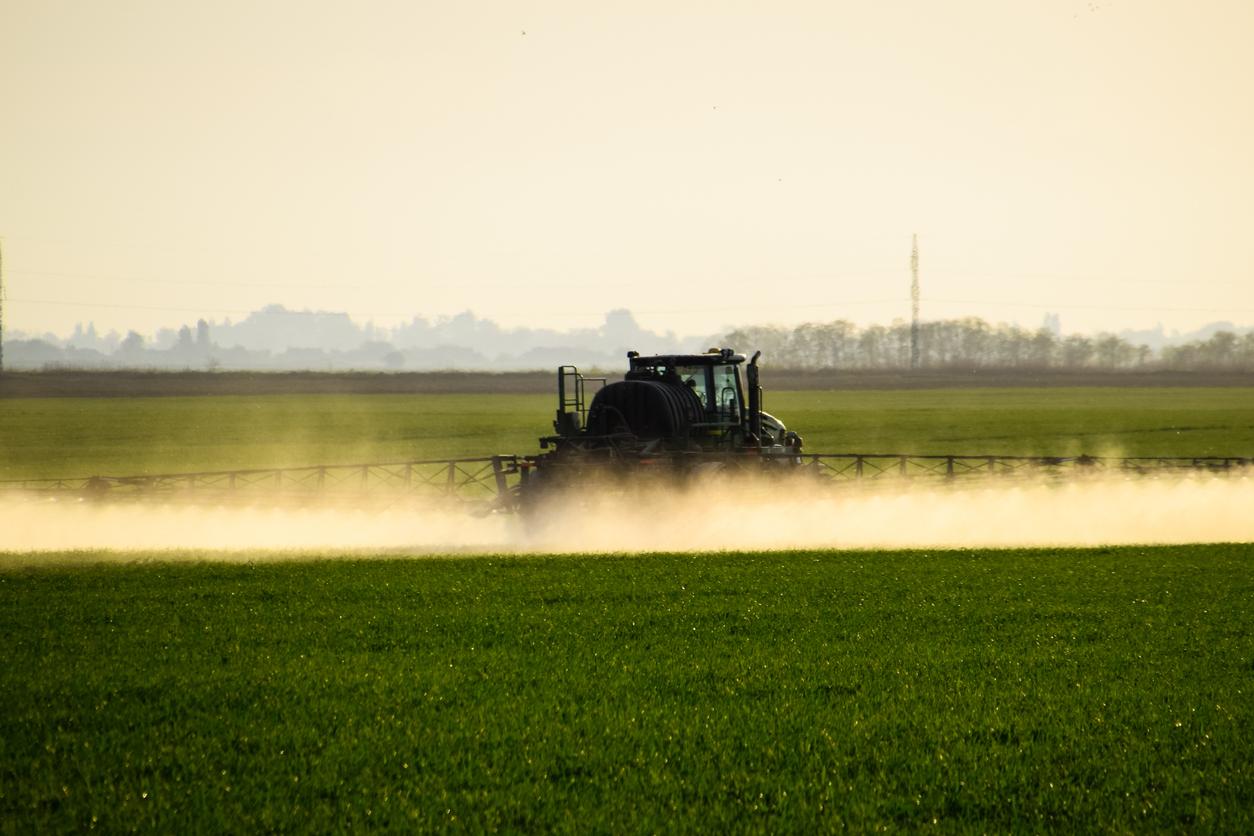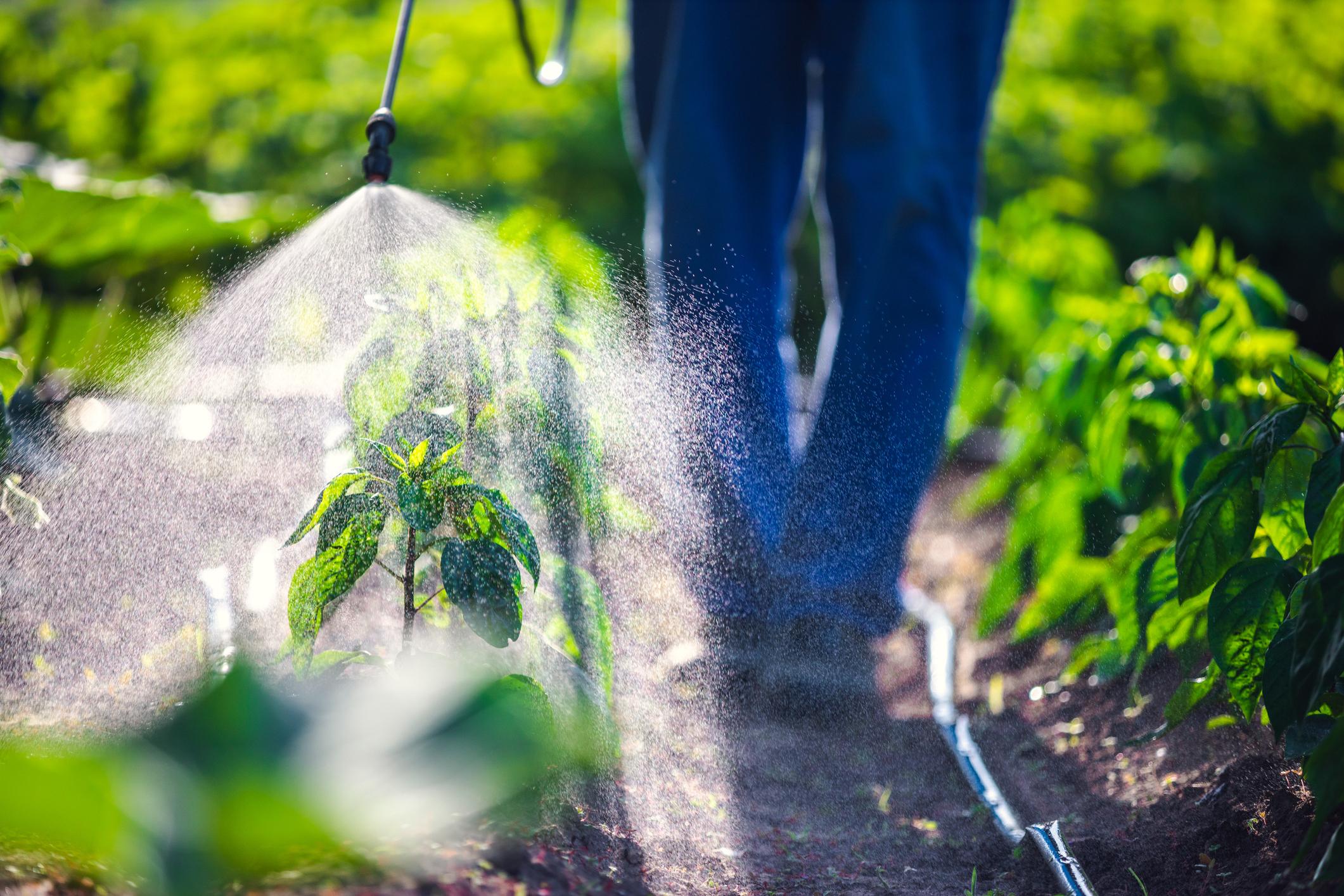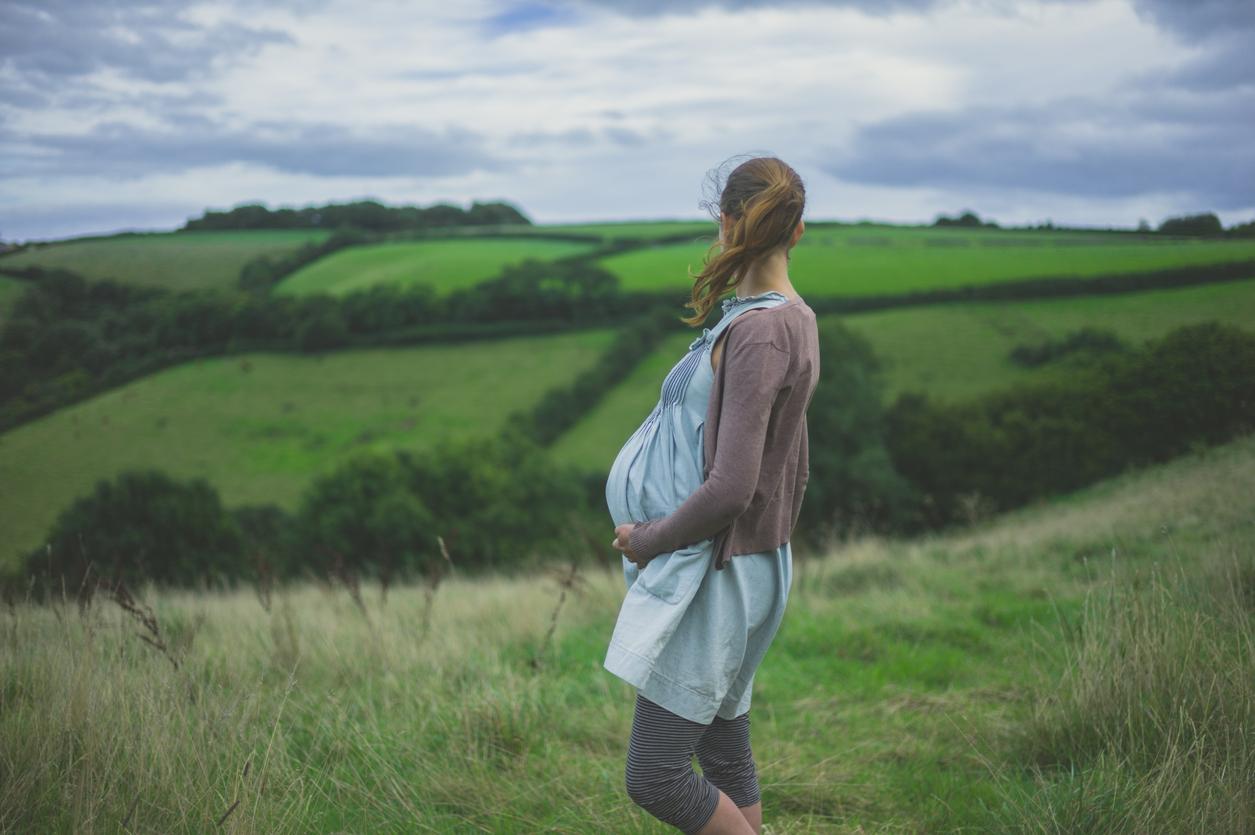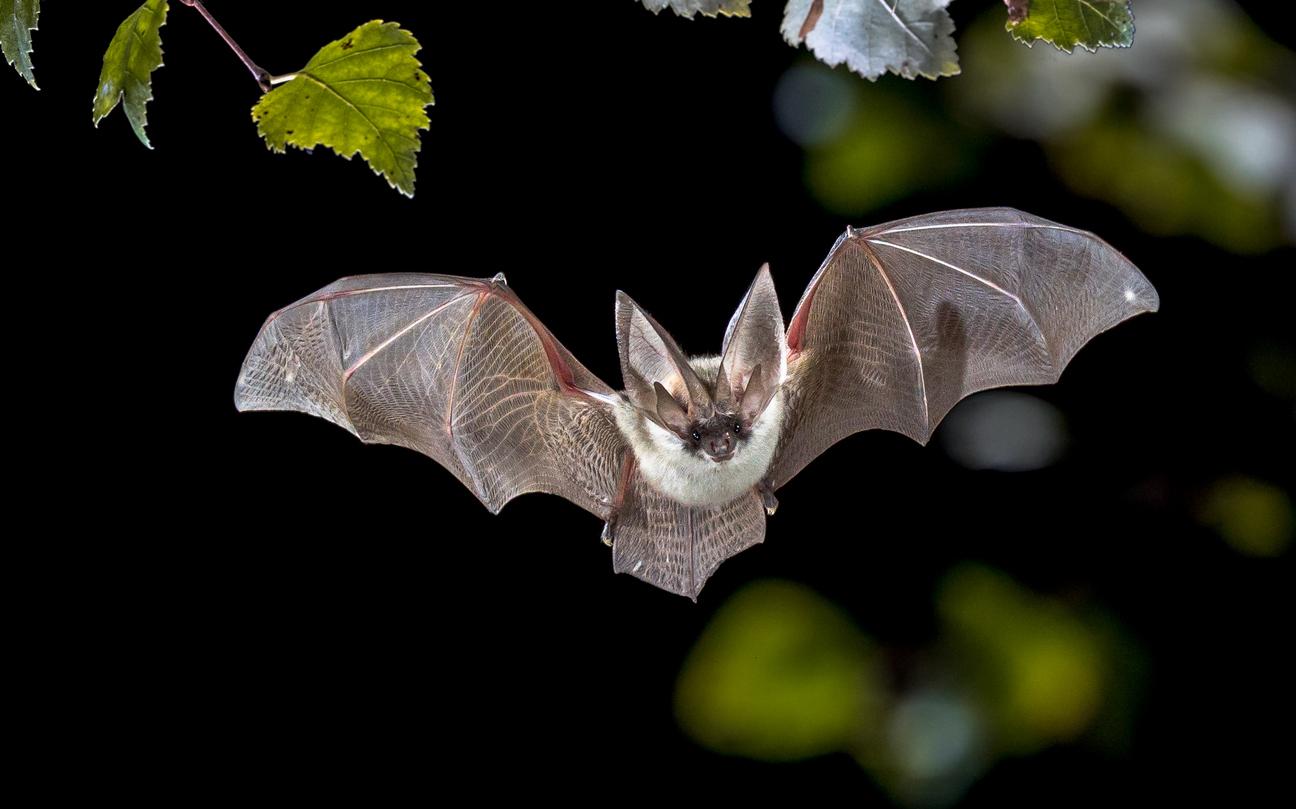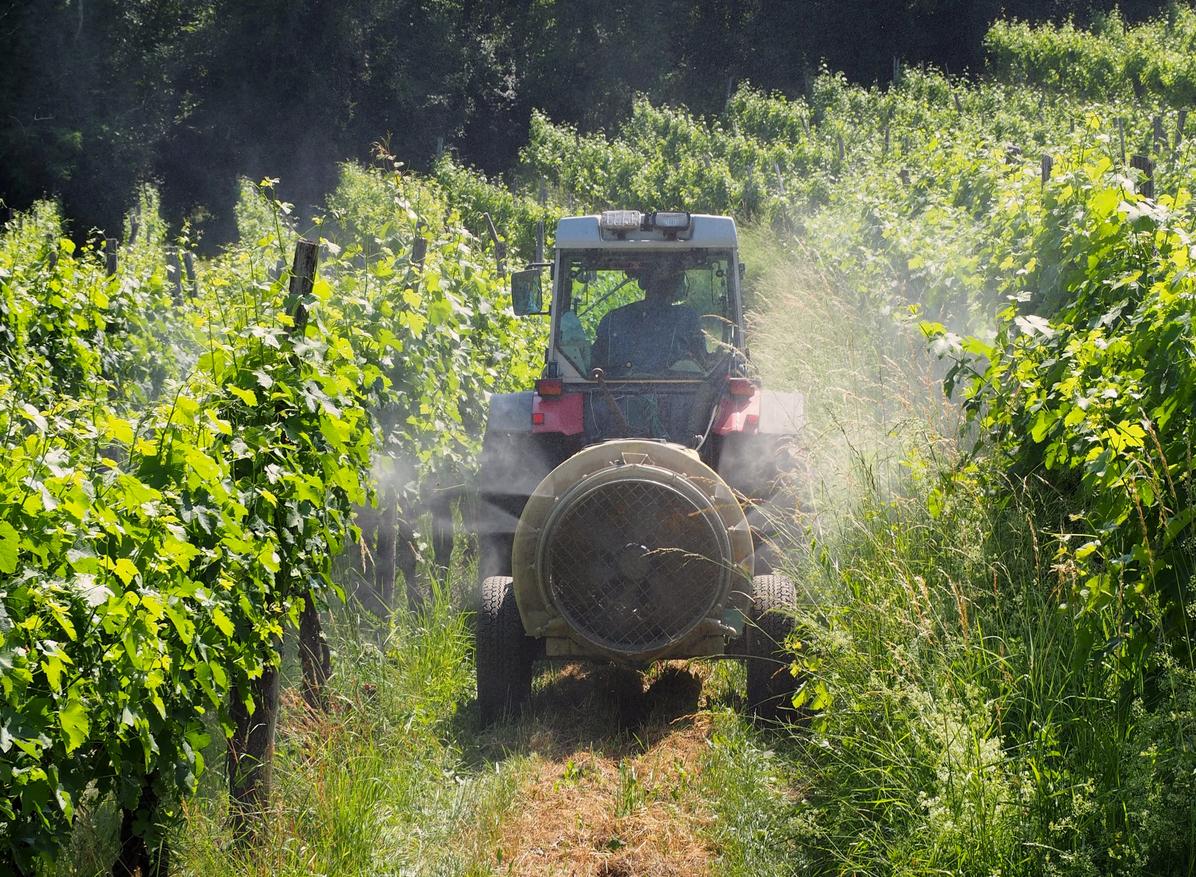The mass death of insect-eating bats is leading to an increase in pesticide use in the United States. According to one study, this increase is responsible for more than a thousand infant deaths.
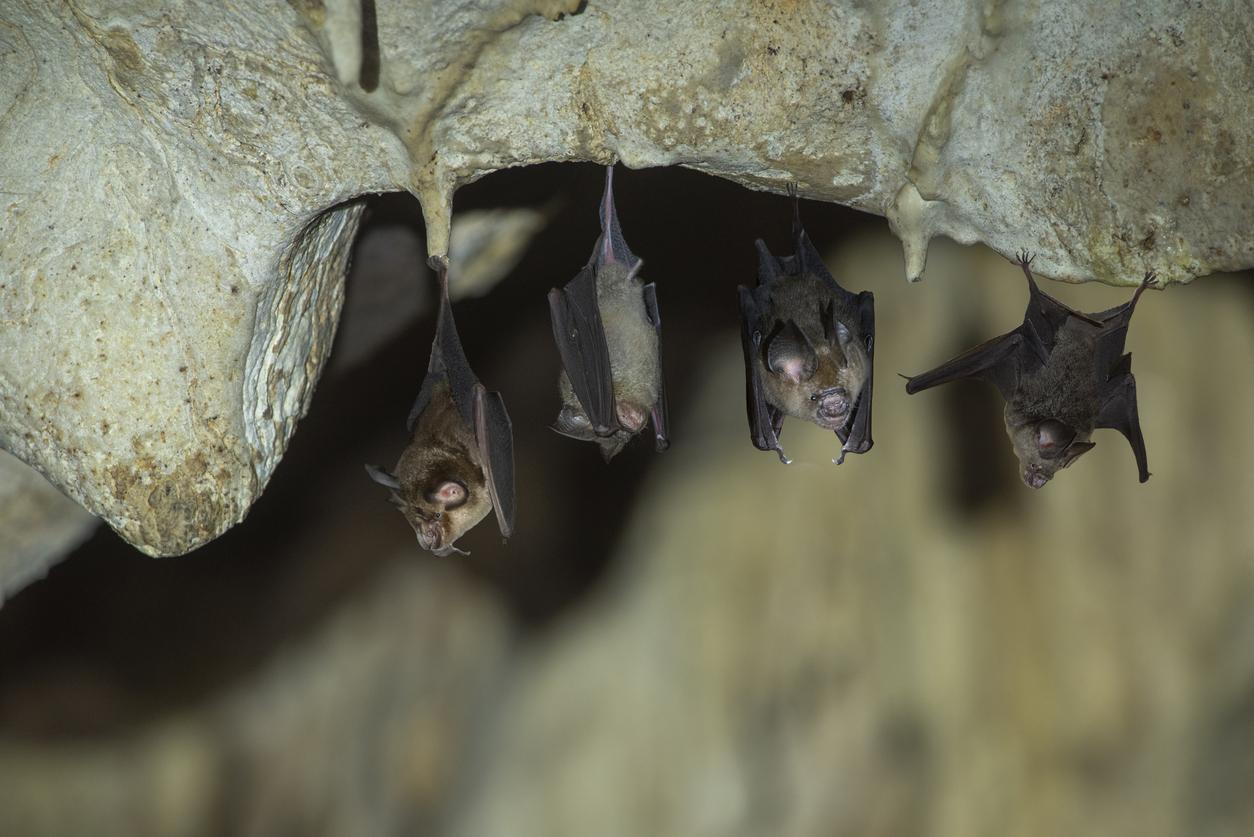
- In the United States, bats are dying in large numbers due to a fungus that causes white-nose syndrome.
- The decline in their population leads to an increase in the use of pesticides.
- This causes an increase in infant deaths.
Bats are often unloved, yet they are essential to our health. A study, published in the journal Scienceshows that the mass death of bats has caused the death of more than 1,300 newborn bats in the United States. These mammals are considered natural pesticides given their consumption of insects. The decline in their population has led to an increase in the use of pesticides, which is responsible for these infant deaths.
Pesticides: Bats die from white-nose syndrome
Since 2006, many bat populations have collapsed in North America due to an invasive fungus that causes white-nose syndrome. The mortality rate from this disease can be as high as 90%. Led by Eyal Frank, an assistant professor at the Harris School of Public Policy in Chicago, the research looked at the effects of bat deaths from the disease on pesticide use in different states. He compared the data with those from states not affected by the syndrome and animal mortality.
The author found that when bat populations declined, farmers increased their pesticide use by about 31 percent.When farmers increased their use of pesticides, infant mortality rates – a common marker for studying the health impacts of environmental pollution – increased by nearly 8%,” he notes. This corresponds to more than 1,334 additional deaths.”For every 1% increase in pesticide use, there was a 0.25% increase in the infant mortality rate.”adds the researcher.
Massive Bat Deaths: Consequences for Agriculture
He also noticed that replacing bats with insecticides had deleterious effects on crops.Crop quality has likely declined, as farmers’ income from crop sales has fallen by nearly 29%. he warns. Combining this loss of income with the cost of pesticides, farmers who suffered bat deaths lost $26.9 billion between 2006 and 2017.” But he explains that preserving bat populations would cost less.More broadly, this study shows that wildlife adds value to society, and we need to better understand this value in order to inform policies to protect them.”he concludes. As he recalls, the decline of these mammals is “harmful to humans”better protecting them would help preserve our health.











